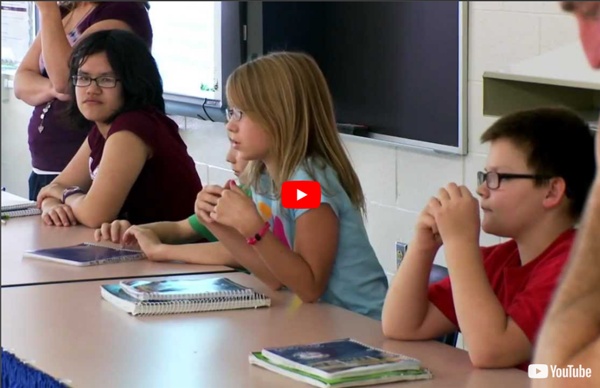



15 Characteristics of a 21st-Century Teacher Recent technological advances have affected many areas of our lives, including the way we communicate, collaborate, learn, and, of course, teach. Those advances necessitate an expansion of our vocabulary, producing definitions such as digital natives, digital immigrants, and the topic of this post—21st-century teacher. As I write this, I’m trying to recall if I ever had heard phrases such as 20th-century teacher or 19th-century teacher. Quick Google searches reassure me that there are no such word combinations. Changing 20th to 21st brings different results: a 21st-century school, 21st-century education, 21st-century teacher, 21st-century skills. I searched for Twitter hashtags and Amazon books, and the results were just the same—nothing for 20th-century teacher and a lot for 21st: #teacher21, #21stcenturyskills, #21stCTeaching, and quite a few books on 21st-century teaching and learning. 15 Characteristics of a 21st-Century Teacher 1. 2. 3. 4. 5. 6. 7. 8. 9. 10. 11. 12. 13. 14. 15.
(good definition of stem) STEM webinar Start Session Optionally, you can pre-configure your computer and test your audio using one of our Configuration Rooms prior to your session. Please visit our "First time Users" section in the Support Portal to view configuration rooms for Blackboard Collaborate web conferencing. Note: When joining a Blackboard Collaborate web conferencing session for the first time you will see a Security Dialog. Blackboard Collaborate web conferencing is asking for you to run this application without a verification of its digital signature. Integrating the 4 Cs into Your Classroom This is a module of trainings designed to show how technology can be used to foster the 21st Century Skills of Collaboration, Communication, Critical Thinking, and Creativity. Although specific technologies are highlighted, there are hundreds more that are just as good that could be used for the same purposes! By the end of this learning module, the learner will be able to: Define the 4 Cs of 21st Century Skills. Understand how various technologies can foster these skills with your students. Evaluate and implement technologies to foster these skills in your classroom. Google is a trademark of Google.
How should the curriclum change? Project-Based Learning Over time, the world of public education has grown increasingly difficult, for both students and teachers. Its focus has drifted from applicable, relevant instruction to test performance and attainment of standards. At times, the prognosis can seem bleak. By the end of this learning module, the learner will be able to: Understand the history of public education, from the tactile learning experiences of the 19th century, through the stifling “back to the basics” movement, to the innovation of project-based learning as we know it today.Explain the importance and fundamental characteristics of authentic learning, such as student-centered autonomy and academic rigor.Encourage students to move from passive reception of knowledge to the active search for knowledge.Analyze how self-monitoring, through revision and adaptation, supports student success even in times of academic struggle. hoonuit, LLC
What are enlightened schools doing? 21st Century Skills Concepts What is meant by "21st Century Skills?" How do they relate to what I should be teaching in my classroom? These are just some of the questions that you might be asking when you hear the term "21st Century Skills." In this series of tutorials, we will present what we mean by the terminology and how it relates to the models, frameworks, and technology standards that have been developed by other organizations. After viewing each of the tutorials, we hope you will be able to answer: What are the common themes and concepts that tie all the models, frameworks, and technology standards together?What is meant by "21st Century Skills" and why is knowing about them important? Atomic Learning is a professional development affiliate of the Partnership for 21st Century Skills which supports the integration of 21st century skills into all aspects of teaching and learning.
What skills do students need? Beyond the Bubble Test: Why We Need Performance Assessments - Education Futures: Emerging Trends in K-12 Note: Today's guest blogger needs no introduction. Linda Darling-Hammond (lindadh@stanford.edu) is Charles E. Ducommun Professor of Education at Stanford University and founding director of the Stanford Center for Opportunity Policy in Education. She has just published Beyond the Bubble Test: How Performance Assessments Support 21st Century Learning, with her colleague Frank Adamson (Adamson@stanford.edu). Last spring, while millions of American students were bubbling in answers to multiple-choice questions on the ubiquitous tests that determine school and teacher ratings, student promotions, graduation, and college admissions, some students were meeting a higher standard. Schools in the Consortium require students to complete a well-developed literary analysis, a mathematical model, a scientific investigation, and a social science research paper. In science, Gemma conducted and wrote up an experiment about the Effect of Stress on Memory. The contrast with other countries is stark.